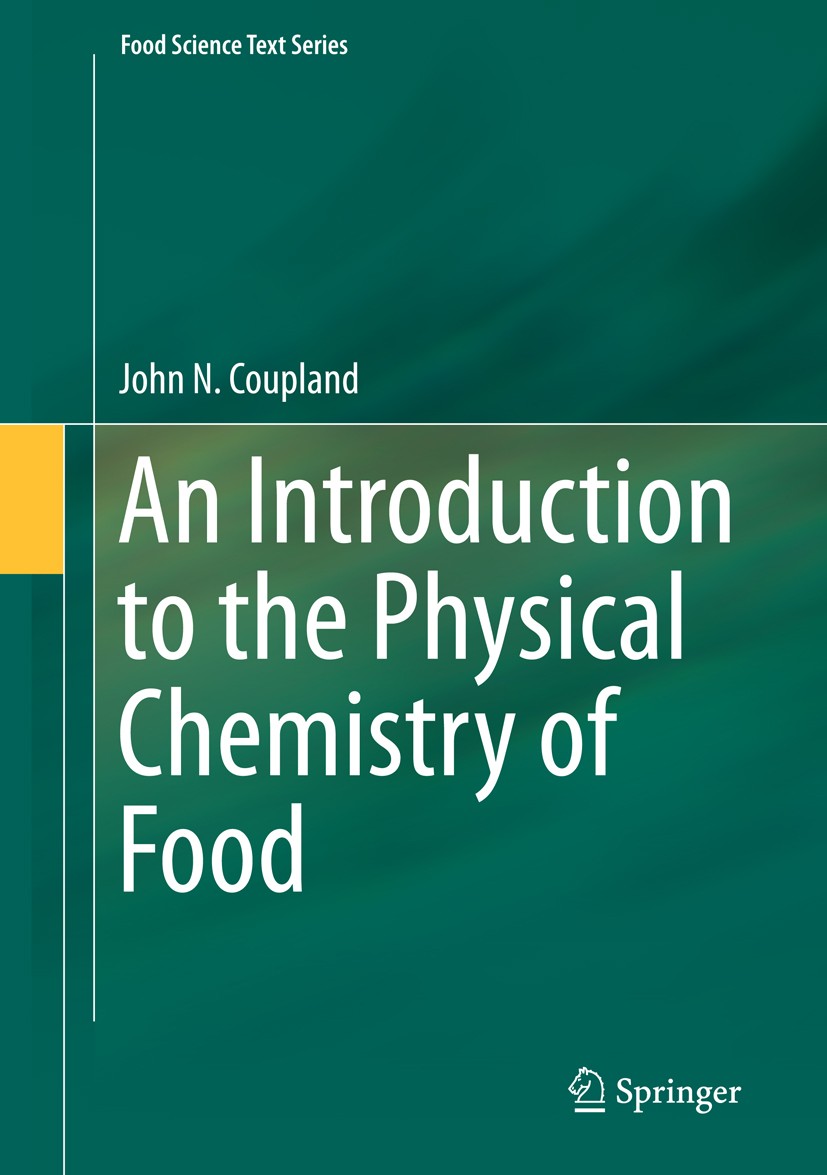| 期刊全称 | An Introduction to the Physical Chemistry of Food | | 影响因子2023 | John N. Coupland | | 视频video | http://file.papertrans.cn/156/155585/155585.mp4 | | 发行地址 | Acts as a support for readings from the primary literature in an advanced (graduate level) class.Great resource for any food scientist in understanding why food behaves as it does.Plethora of real-lif | | 学科分类 | Food Science Text Series | | 图书封面 |  | | 影响因子 | .Familiar combinations of ingredients and processing make the structures that give food its properties. For example in ice cream, the emulsifiers and proteins stabilize partly crystalline milk fat as an emulsion, freezing (crystallization) of some of the water gives the product its hardness and polysaccharide stabilizers keep it smooth. Why different recipes work as they do is largely governed by the rules of physical chemistry..This textbook introduces the physical chemistry essential to understanding the behavior of foods. Starting with the simplest model of molecules attracting and repelling one another while being moved by the randomizing effect of heat, the laws of thermodynamics are used to derive important properties of foods such as flavor binding and water activity. Most foods contain multiple phases and the same molecular model is used to understand phase diagrams, phase separation and the properties of surfaces. The remaining chapters focus on the formation and properties of specific structures in foods – crystals, polymers, dispersions and gels..Only a basic understanding of food science is needed, and no mathematics or chemistry beyond the introductory college courses | | Pindex | Textbook 2014 |
The information of publication is updating

|
|
 |Archiver|手机版|小黑屋|
派博传思国际
( 京公网安备110108008328)
GMT+8, 2025-11-13 16:20
|Archiver|手机版|小黑屋|
派博传思国际
( 京公网安备110108008328)
GMT+8, 2025-11-13 16:20


